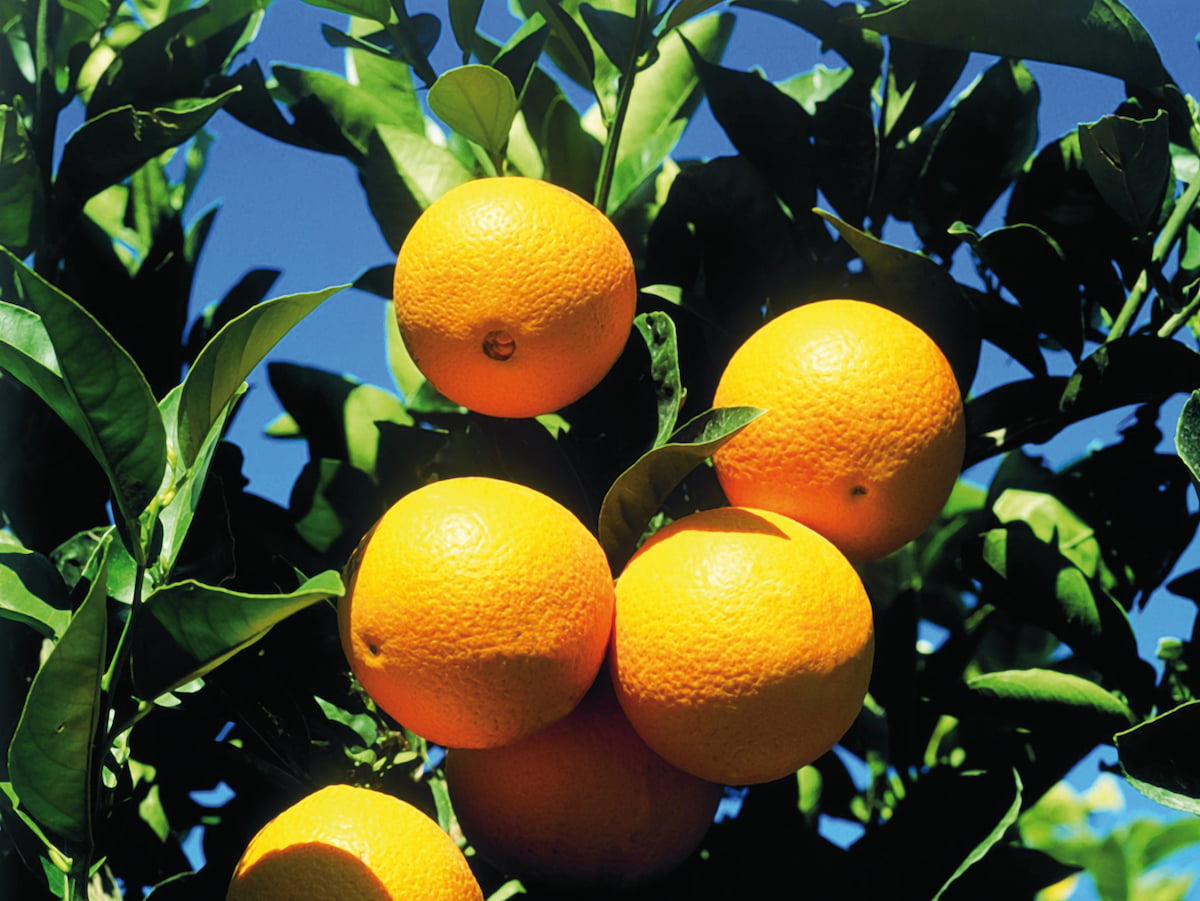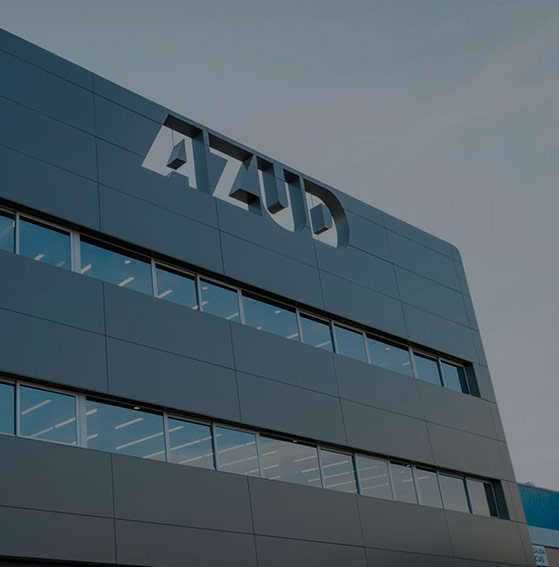

The cultivation of oranges, mandarins, lemons, limes and grapefruit is currently one of the most important cash crops globally.
Citrus fruits are mainly grown in the tropical and subtropical regions at latitudes of 40° N and S. The world’s largest producer of citrus fruits is China, followed by Brazil and the United States.
They are considered to be among the most nutritious fresh fruits. This is due to a balanced content in water, sugars, acids, mineral salts, fibres and vitamins, in particular vitamin C. They are consumed fresh as seasonal fruit or juice, or added as seasoning or condiments. In the agri-food industry they are used for the production of soft drinks, liqueurs, jams, pectins, jellies and in confectionery products.
Temperature is the most important climate component, as it is essential for plant development, flowering, fruit set and fruit quality. They are not very resistant to the cold, as temperatures below -3ºC affect the flowers, fruits and vegetation considerably.
Relative humidity is another important factor in citrus production; fruit set depends on moderate relative humidity, the most suitable being between 35 and 70%.
With proper rootstock selection and cultural practices, citrus can be grown satisfactorily in a wide range of soil textures, although they prefer deep, light, sandy loam, loam or clay loam soils with good drainage and aeration.
Citrus grow well in a wide pH range from 4 to 9, however, the optimum pH range is considered to be between 5.5 and 6.
Nutrient uptake by citrus is not constant throughout the year. This process reaches minimum values during the winter, increases in spring and reaches its maximum value at the end of spring, coinciding with the fruit setting period.
During the summer it remains at high levels and decreases progressively during the autumn. The maximum increase in uptake coincides with the period of highest consumption by the plant, which is flowering and fruit set.
The most common micronutrient deficiencies in citrus are boron, zinc, manganese and copper in alkaline soils, therefore, a good strategy is to maintain pH values between 6.5 and 7.0.
Citrus trees are perennial plants, with a high leaf area and therefore a high evapotranspiration rate. Citrus water requirements, between 6000 and 9000 m3/ha, are conditioned by soil and climatic factors, by the specific requirements of the cultivated species (species and variety-pattern combination), by other factors derived from the characteristics of the plantation and cultivation practices (planting frame, pruning) and also by the desired production objective, a compromise between quantity, quality and earliness of the harvest.
Controlled deficit irrigation (CDI) is an alternative irrigation practice, when water availability is reduced, intended for better absorption by the crop, and requires a high knowledge of the agronomic needs in each of the crop cycles.

Emitter pipe selection: A wide range of products to ensure the right choice of emitter pipe. The combination of emitter model, unit flow rate and spacing between them not only guarantees the supply of the planned allocations in the irrigation strategy, but also ensures a large volume of moist soil available for root development in both localised surface irrigation and RGS.
Digital Farming: Together with the appropriate selection of the emitter pipe, the use of AZUD QGROW equipment for the precise management of water and nutrient inputs, with the information coming from soil, plant and climate sensors allows:
